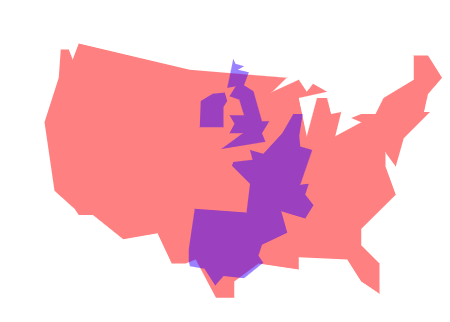Sabaton History
Published on 14 Feb 2019Sabaton’s song “Blood of Bannockburn” is about the First War of Scottish Independence and one of its key figures, Robert the Bruce. He fought the English King Edward who invaded Scotland when Bruce’s revolutionary force forced all Scottish nobles to join his cause or lose their lands. Edward moved on Bruce’s army while they were besieging Stirling Castle, but his plans to overwhelm the Scottish was opposed by Bruce.
Support Sabaton History on Patreon: https://www.patreon.com/sabatonhistory
Watch the official lyric video for Blood of Bannockburn here: https://www.youtube.com/watch?v=Xp-Rk…
Hosted by: Indy Neidell
Written by: Markus Linke and Indy Neidell
Directed by: Astrid Deinhard and Wieke Kapteijns
Produced by: Pär Sundström, Astrid Deinhard and Spartacus Olsson
Creative Producer: Joram Appel
Executive Producers: Pär Sundström, Joakim Broden, Tomas Sunmo, Indy Neidell, Astrid Deinhard, and Spartacus Olsson
Maps by: Eastory
Edited by: Wieke Kapteijns
Sound Editing by: Marek KaminskiEastory YouTube Channel: https://www.youtube.com/channel/UCEly…
Archive by: Reuters/Screenocean https://www.screenocean.com
Music by Sabaton‘Photo young Sabaton’ ©Dalarnas museum, foto: Susanne Nyhlén – The National Portrait Gallery https://www.npg.org.uk
An OnLion Entertainment GmbH and Raging Beaver Publishing AB co-Production.
© Raging Beaver Publishing AB, 2019 – all rights reserved.
From the comments:
Sabaton History
1 day ago (edited)Hey!! We’re leaving the modern times (which instantly that answers a frequently asked question about if we’re just sticking to WW2) and will enter the Medieval Era. The 3d animated maps are made and researched by Eastory (check his channel here: https://www.youtube.com/channel/UCElybFZ60Hk1NSjgCf7I2sg). As the battle took place long ago, there is little documentation about it and there are several possible reconstructions of the events of the battle available. We had to prefer one version and proponents of others may criticise it. The most risky decision was to add the effects of land rise and make the Forth river larger as a result. This is absent from most of reconstructions, but Eastory studied some old maps and according to them the sea level in 15th and 16th centuries was far higher in the region.
Enjoy and STAY AWESOME! 🤘🤘





